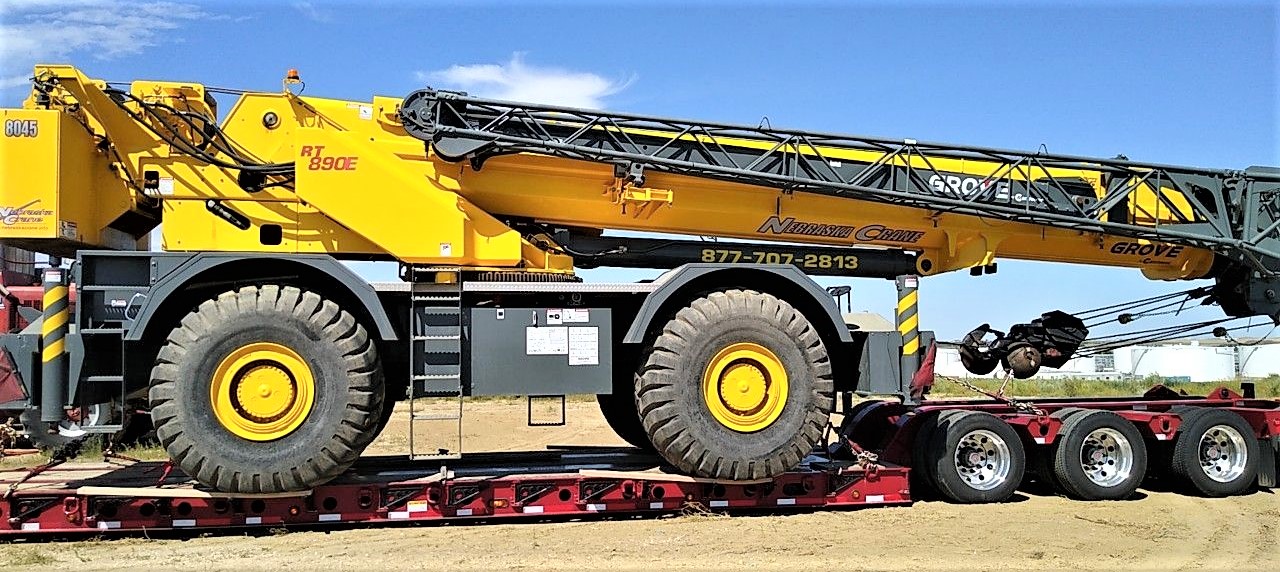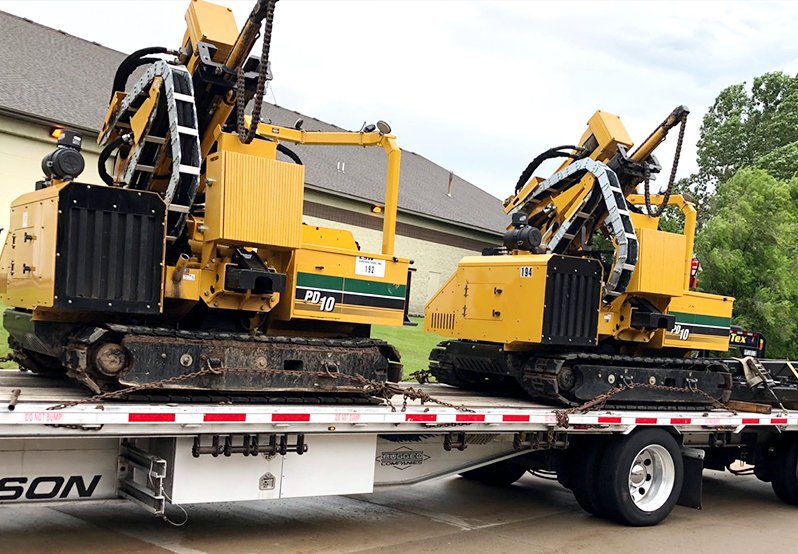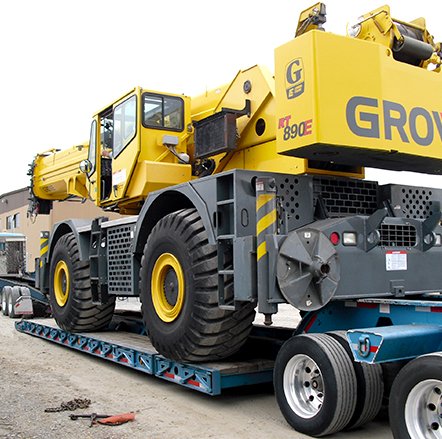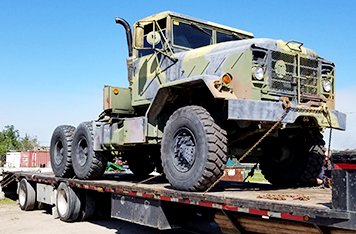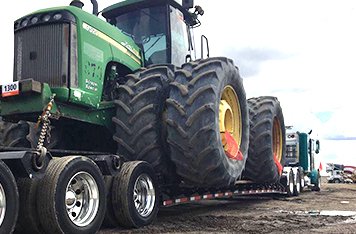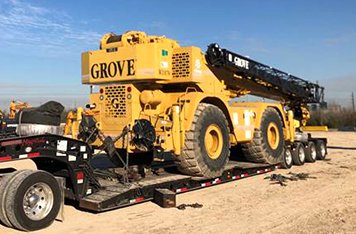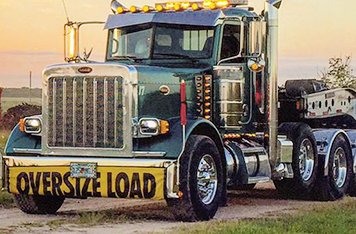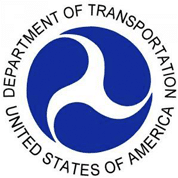Major Highways
One of the most important considerations when hauling from Washington to North Dakota is the highways that will be used. Depending on the route, the trucker may find himself traversing Interstate 90, US Highway 2, Montana Highway 200, and/or North Dakota Highway 1804. Interstate 90 is the longest stretch of highway, connecting Seattle to Boston while cutting through the northern states. US Highway 2 is a major east-west route that stretches from Everett, Washington to Rouses Point, New York. Montana Highway 200 is a short, but important connector that runs through Montana between US Highway 2 and North Dakota Highway 1804. North Dakota Highway 1804 is a major north-south highway that connects the northern and southern parts of the state.Overall, the distance between Washington and North Dakota is about 900 miles. Depending on the route chosen, the trip could take anywhere from 15 to 20 hours to complete.
Unique Challenges
When hauling between Washington and North Dakota, truckers may encounter a number of unique challenges. For example, some of the more isolated highways may be more susceptible to inclement weather, which can cause delays or even force a trucker to find an alternate route. Additionally, there may be a need to traverse mountain passes, which can be dangerous due to narrow roads, steep grades, and sharp curves. Furthermore, the size and weight of the haul can present its own challenges, as some roads may not be suitable for such a large and heavy load.For these reasons, it is important that the trucker be prepared for any potential obstacles or delays that might arise. This includes having a well-stocked emergency kit, an alternate route planned in the event of inclement weather, and the necessary permits for larger loads. Additionally, the trucker should make sure to allow for extra time when planning the trip, as delays may be unavoidable.
Weather Conditions
The weather in the region can be unpredictable and can present its own challenges. The area is known for its cold winters, with temperatures often dropping below freezing. This can cause icy roads that can be difficult to traverse, especially for heavier loads. Additionally, the area can be subject to heavy snowfall, which can lead to road closures and other delays.In the summer, the weather can be hot and dry. This can cause dusty roads that can be slick and difficult to drive on. Furthermore, thunderstorms can occur, which can lead to flooding and other dangers. As such, truckers must always be aware of the potential weather conditions and plan accordingly.
Special Considerations
When hauling from Washington to North Dakota, it is important to keep in mind any special considerations. For example, the trucker must ensure that the load is properly secured and within weight limits. Additionally, the trucker should be aware of any hazardous materials that may be present, and must ensure that they are properly labeled and stored. Finally, the trucker should be aware of any state or federal laws that may apply to the haul, as well as any toll roads or other fees that may need to be paid.Overall, hauling from Washington to North Dakota is no easy task. Truckers must be prepared for any potential obstacles or delays that may arise, and must always be aware of the unique challenges and special considerations that come with shipping heavy hauls. By familiarizing themselves with the highways they will be using, the various weather conditions that may be encountered, and any other special considerations, truckers will be better prepared to make successful hauls.
